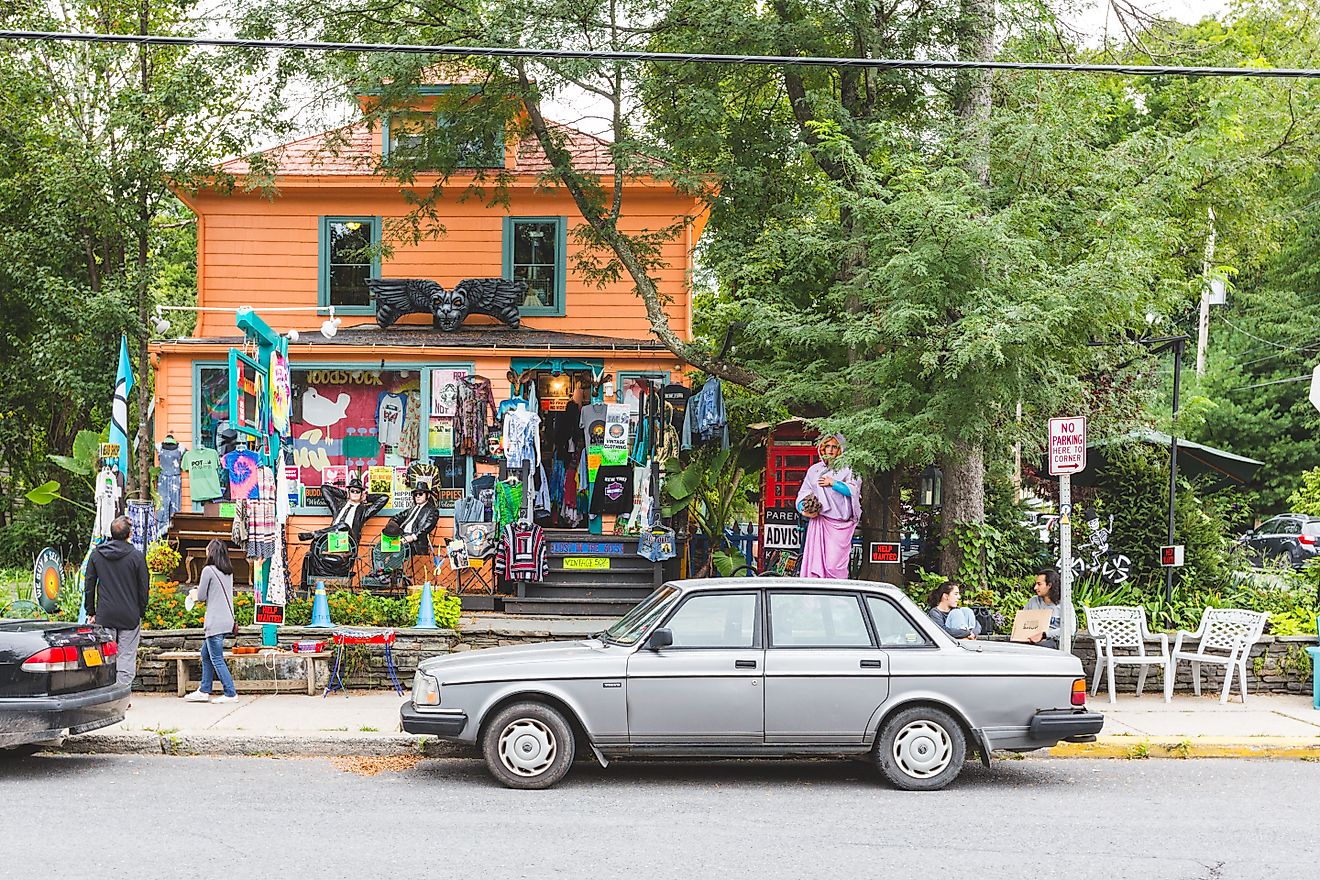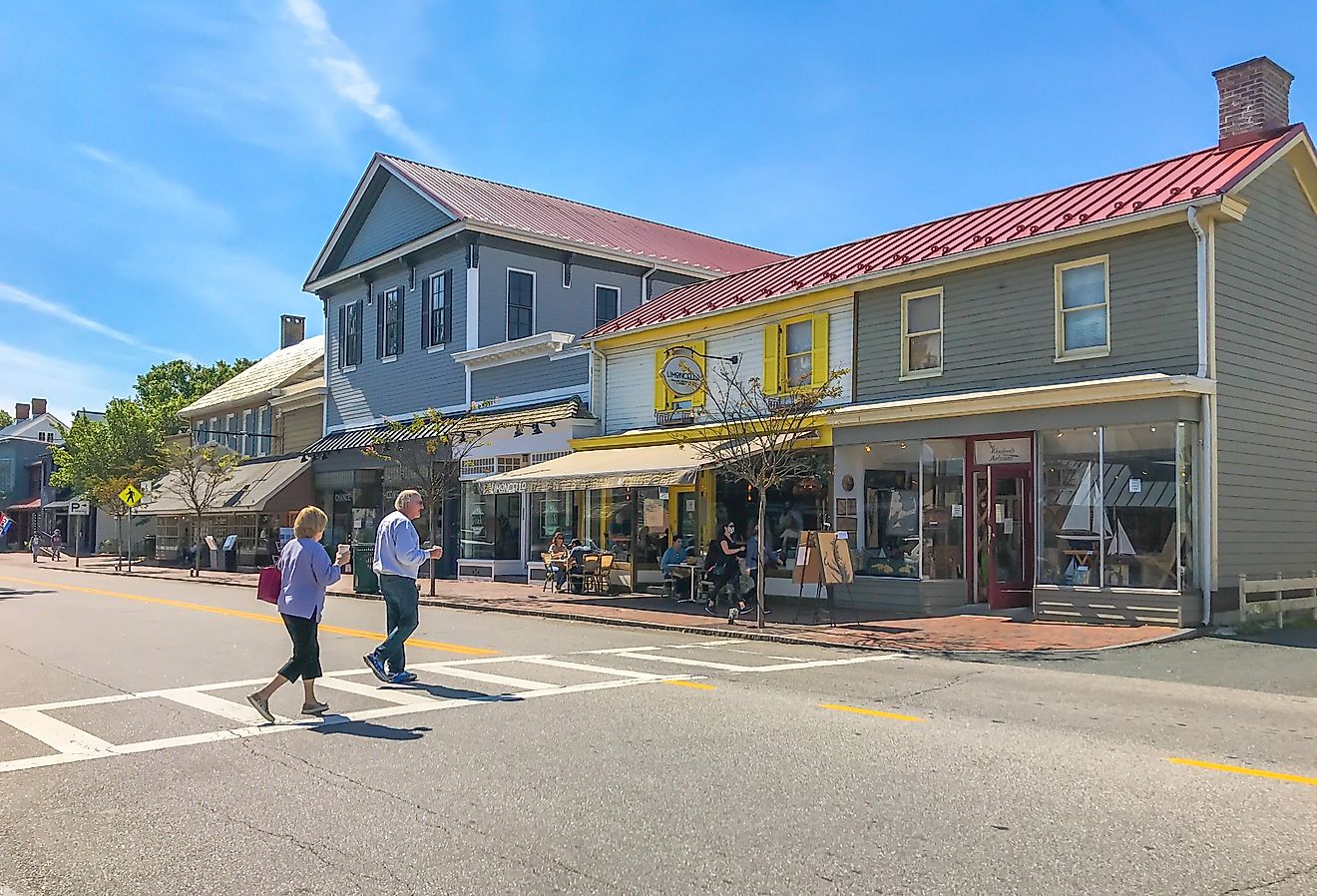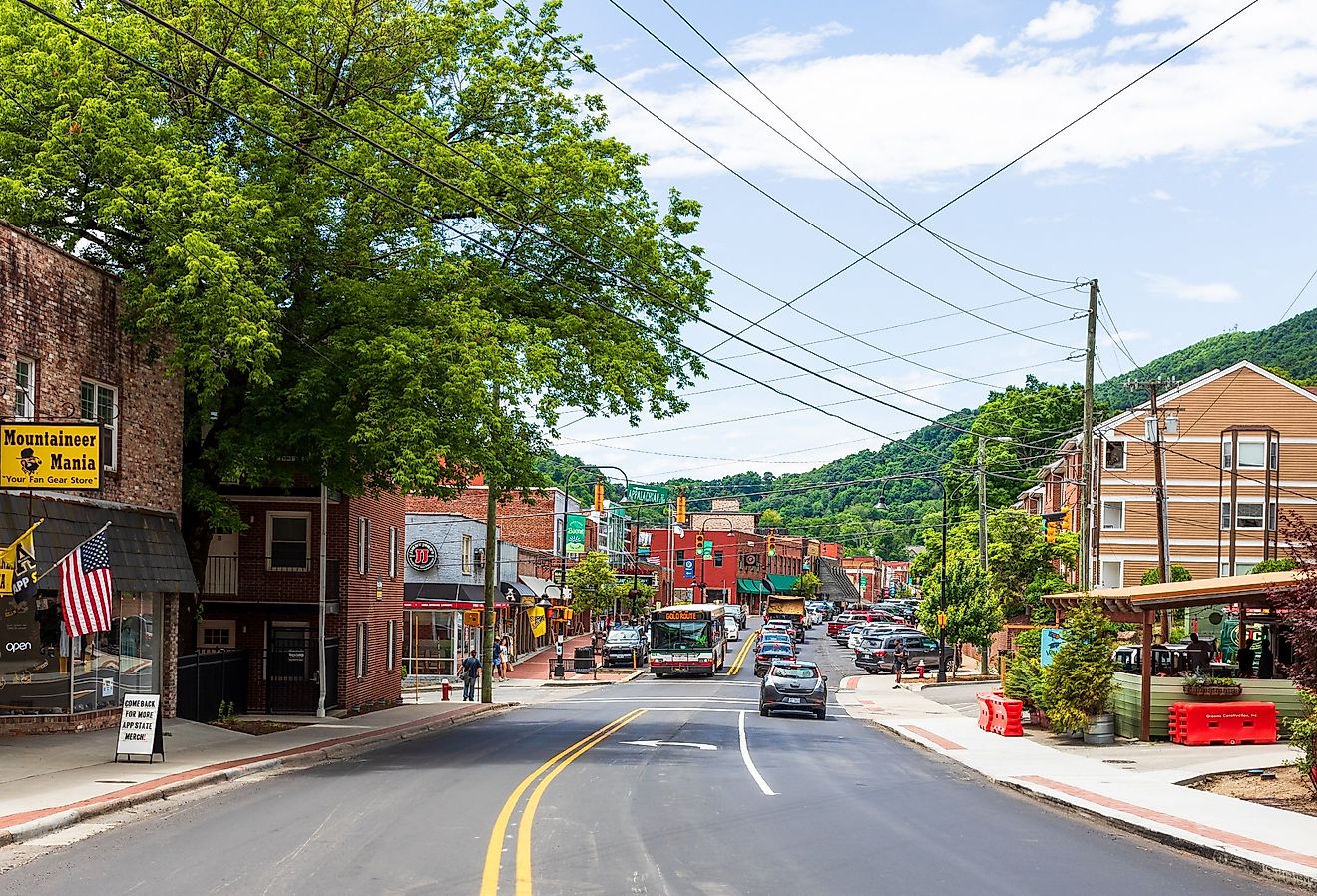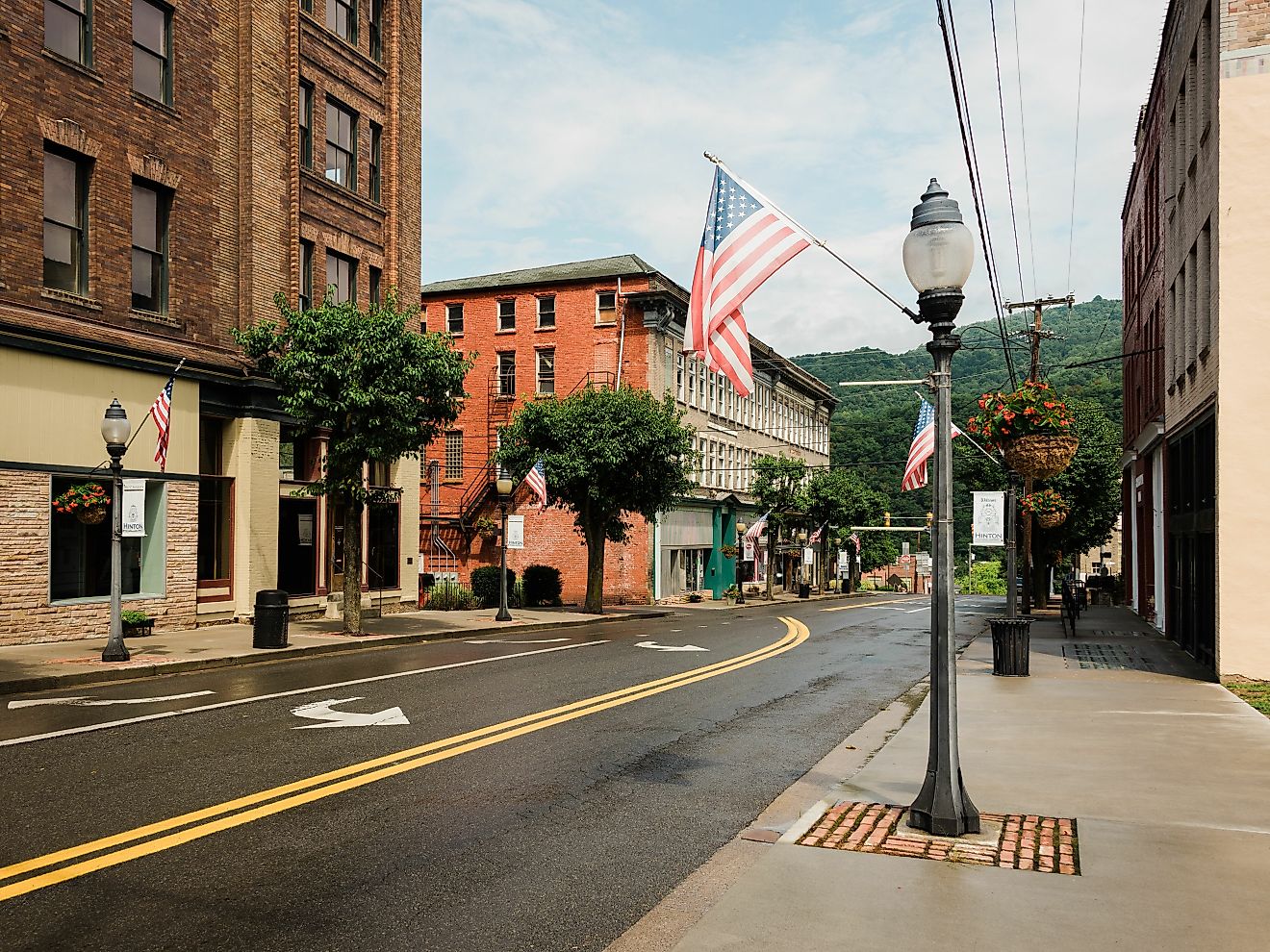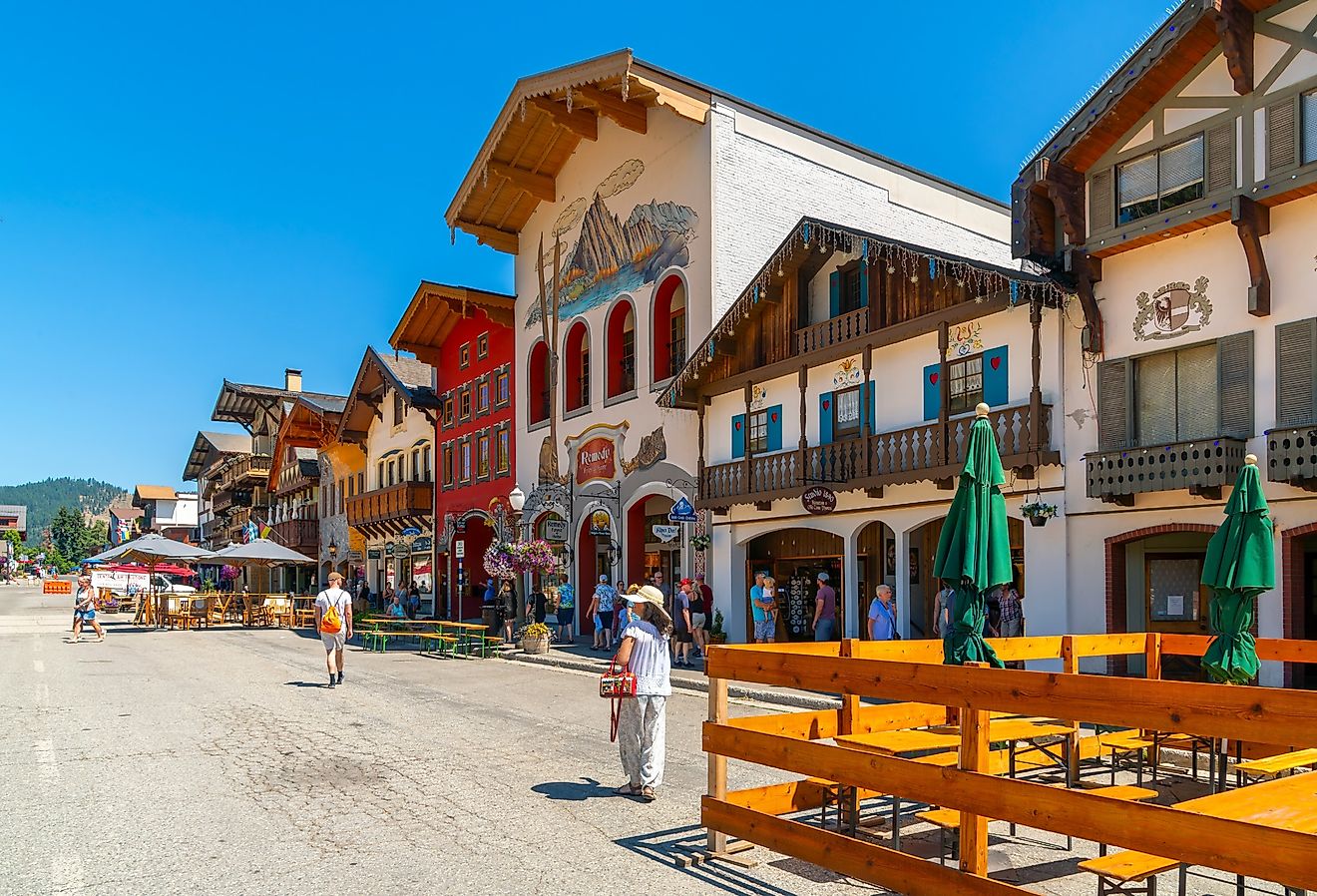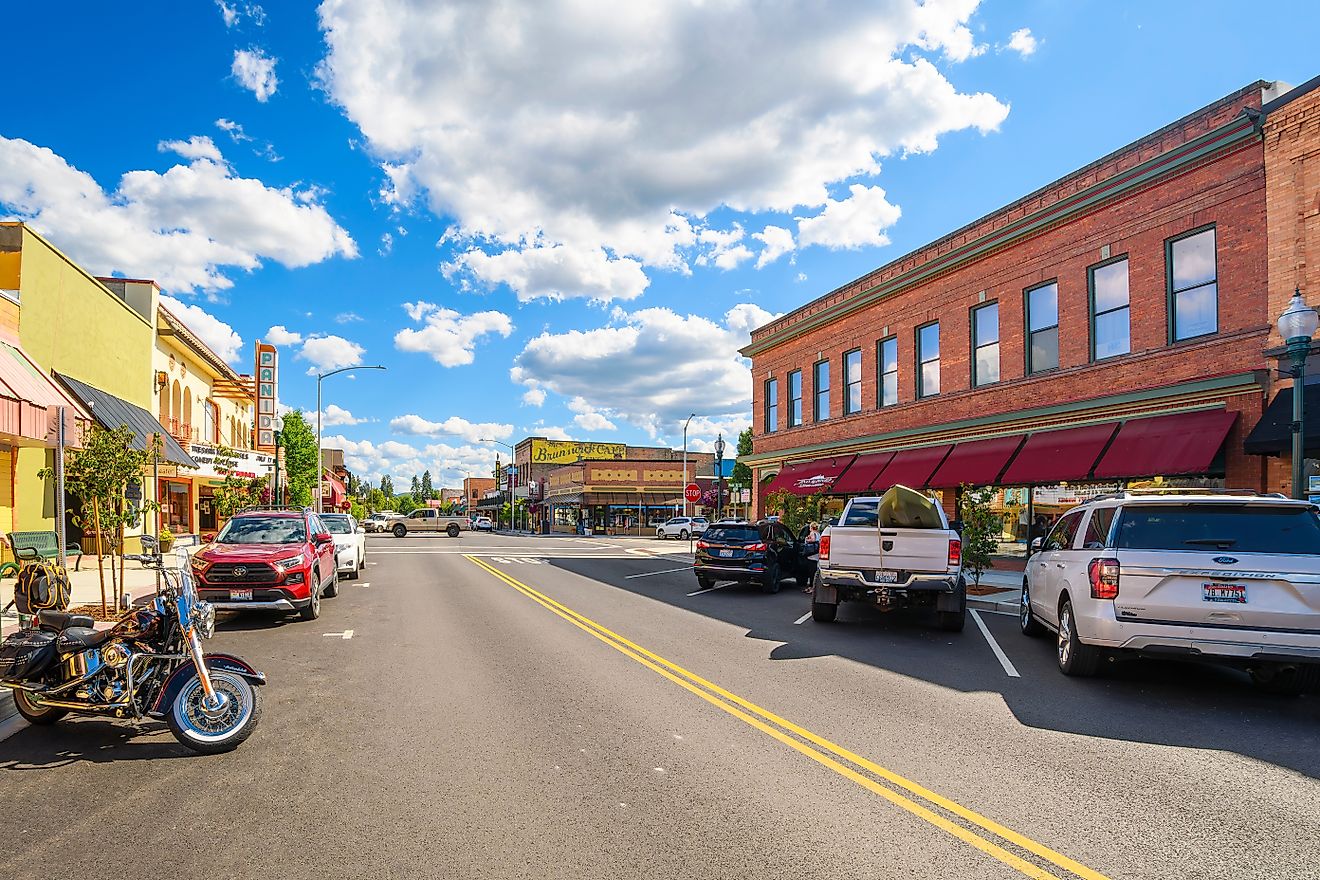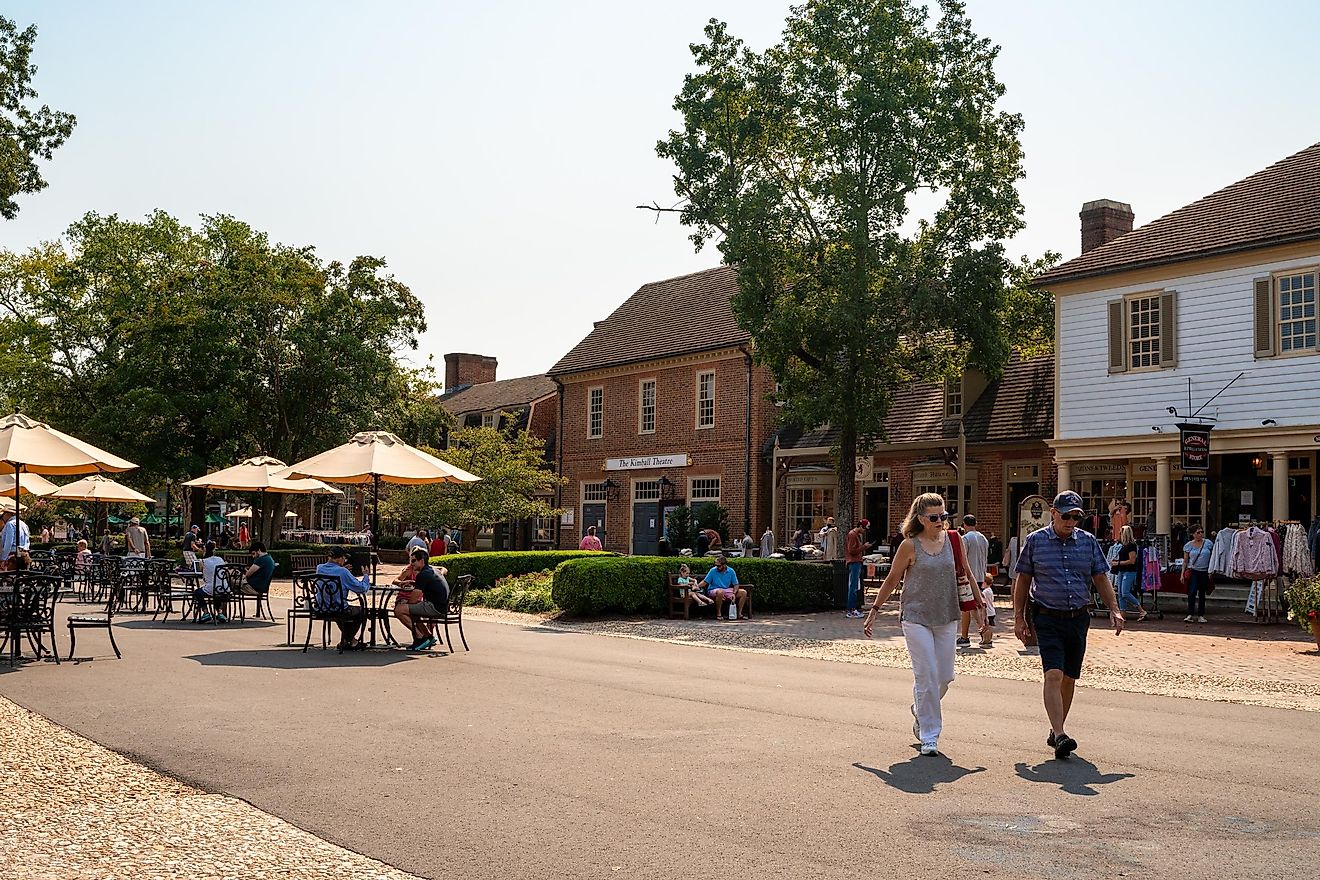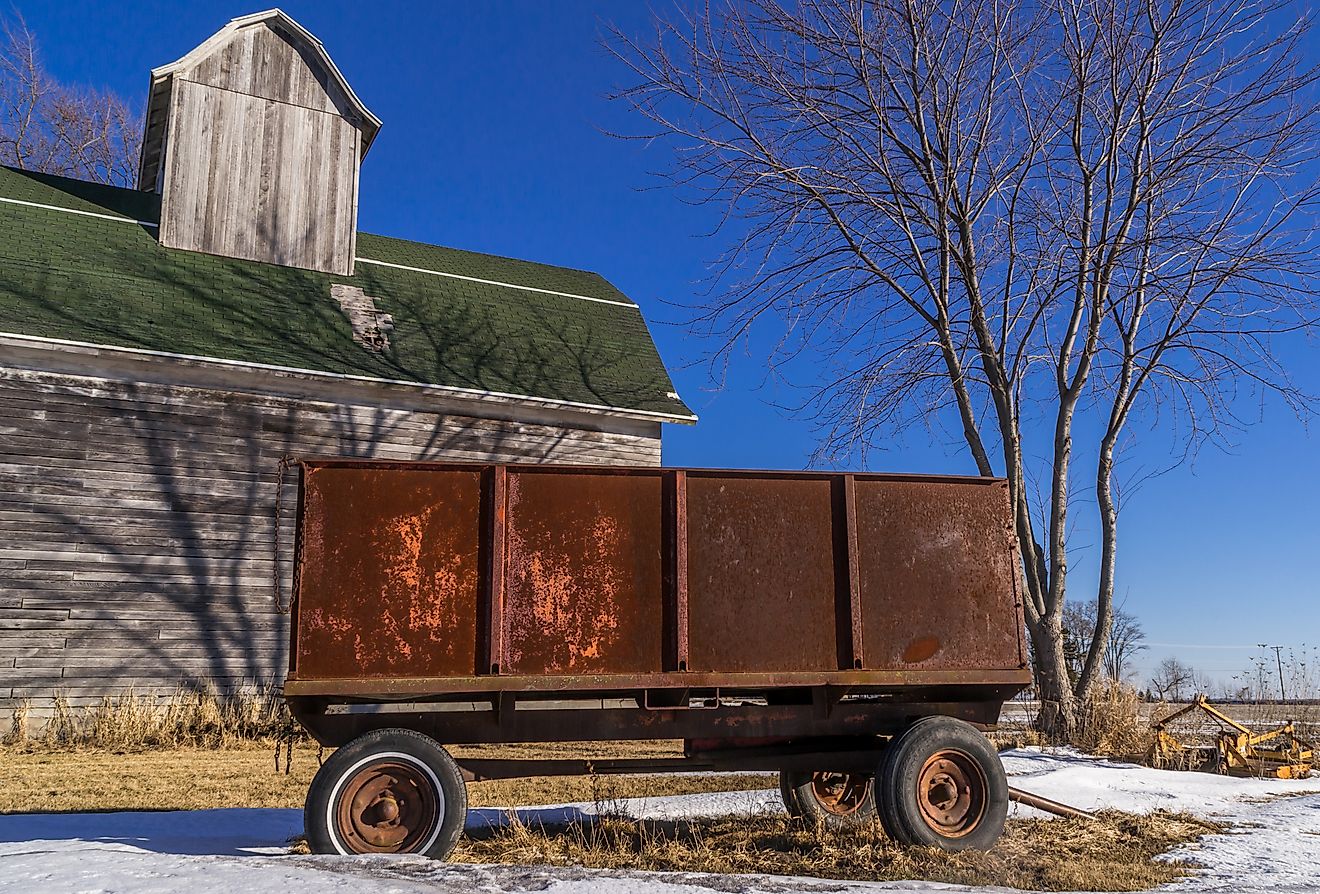
8 Must-Visit Small Towns in New Mexico
New Mexico has long been known as a crossroads of cultures, religions, and people groups. Outside the state's large cities, such as Sante Fe and Las Cruces, small towns offer travelers much of what is best and most interesting in New Mexico's heritage. Its position along the US-Mexico border gives the state the feel of a place in constant transition. At the same time, its ancient civilizations suggest a permanence that balances a traveler's sense of motion with the stillness of a resident who knows they belong here. Whether on a first or repeat visit, visitors to New Mexico's small towns can find the history, heritage, food, and fun that justify the state's motto as the "Land of Enchantment."
Aztec

Aztec, population 6,100, is home to a national monument and a UNESCO World Heritage site. The Aztec Ruins National Monument draws 45,000 tourists annually and, centuries ago, once hosted the Pueblo Indians. The town's ancient structures used to be used for ceremonies, trade, and social gatherings. But if a tourist's interests stretch beyond Native American history, Aztecs offer adventures of more outdoorsy kinds. For adrenaline junkies, a trip to the Aztec Speedway will offer thrilling races. For the disc golf enthusiast, the town offers a challenging 18-hole course just east of downtown, within a stone's throw — or a disc throw? — of picturesque Tiger Lake.
Silver City

Found in the state's southwest, Silver City, with 9,500 inhabitants, takes its name from the mineral boom that brought waves of fortune-seekers to the area starting in the 1870s. The town mixes Western history with a more modern creative spirit. Its historic downtown offers visitors much to take in, such as the Silco Theater, first built in 1923, which underwent a recent renovation and has run as a movie house since 2016. The town remains a hub of culture for the Apache and other Native American communities. Silver City's downtown also counts the Grant County Art Guild Gallery, which emphasizes local artists, and the Silver City Museum. Older buildings are concentrated in the Chihuahua Hill Historic District. Nature enthusiasts can head to the nearby Gila National Forest, a massive space with waterfalls, hiking, and scenic overlooks.
Taos

The north-central town of Taos, population 6,400, can boast of New Mexico's history, especially culture, on a scale far exceeding its size. A historical center of the Taos Pueblo, a Native American living complex and community, visitors to Taos can see the distinctive adobe constructions first built more than a thousand years ago, experts say. The complex is recognized as a UNESCO World Heritage Site. Visitors can fully display Taos' history from the Spanish colonial era at the Hacienda de los Martinez Museum, another adobe building from 1804.
Fans of more modern creative forms should seek out the Harwood Museum of Art, as well as the Taos Art Museum at Fechim House, which pays homage to another repeat Taos visitor: the American painter Georgia O'Keeffe, who some critics consider the "Mother of American Modernism." Nature enthusiasts should head for a hike in the Sangre de Cristo mountains to Taos' east.
Mesilla

Despite having a modest 1,800 residents, Mesilla is known as one of the most historically significant towns in the state. After a difficult period of back-and-forth sovereignty between Mexico and the United States, Mesilla became a permanent American settlement in 1853. Civil war troubles continued to plague the town, and Wild West lawlessness — with its icons, including Billy the Kid — passed through the city. If Mesilla has settled down today, it retains some of its vibrant border spirit, blending cultures and traditions in ways that will interest the modern traveler. For stylish dining, downtown standouts include the famous Rincon de Mesilla, a coffee house, and an artisanal market with hand-made crafts and wood furnishings. The Mesilla Plaza sits nearby, a renowned spot recognized as a National Historic Landmark as early as 1961. Cultural tourists should head for the Fountain Theatre, the state's oldest theater, which opened in 1905.
Alamogordo

Alamagordo, population 31,300, makes for a much larger town and a more comprehensive set of options for the curious traveler. Located not far north of El Paso, Texas, the city offers a wealth of natural and cultural interests, starting with White Sands National Park. As the name implies, the sand at this park is more often what tourists see on a Caribbean vacation than in the New Mexico desert. Alamogordo is also home to the New Mexico Museum of Space History, where visitors can browse explanations and artifacts related to US space exploration. A similar spirit of national service continues at Holloman Air Force Base, a dominant source of activity and jobs in Alamogordo. For a touch of culture, visitors can seek out the Flickinger Center for Performing Arts, which produces a busy calendar of shows each year.
Los Alamos

Los Alamos, a north-central town with 19,200 inhabitants today, owes its founding to World War II and the modern development of nuclear weapons. The city was portrayed, most recently, in the 2023 film "Oppenheimer," based on the life of J. Robert Oppenheimer, the scientist and public figure who led the "Manhattan Project," or the development of the first atomic bomb. The formerly closed city has since relaxed its top-secret location and local laws, and today, movie fans and amateur historians can explore the Manhattan Project National Historical Park, the Los Alamos History Museum, and the Bradley Science Museum to learn how the atomic bomb was developed, tested, and proven here during the 1940s. For nature seekers, the Bandelier National Monument provides jaw-dropping views of the region's canyons and sheds light on local human settlements from more than 10,000 years ago. Also near Los Alamos is the Valles Caldera Natural Preserve, one of the latest United States National Park System additions.
Tucumcari

Tucumcari, with a population of 5,100, offers a rare historic district with years of solid buzz from in-the-know travelers. Found in northeastern New Mexico and easily accessible given its position on Interstate 40, the town boasts an exceptional collection of museums and other points of interest for the history buff. The Tucumcari Historical Museum offers eclectic collections organized in themed rooms and housed in a former schoolhouse. Tucumcari's Main Street counts multiple old structures still in use today, including the Odeon Theatre from 1937 and the Tucumcari Railroad Museum, which is housed in a former rail station first built in 1926. For the traveling spirit in all of us, the town's Route 66 Monument makes an appropriate tribute to America's "Mother Road." The Mesalands Dinosaur Museum is a natural choice for travelers with young children.
Chimayo

With 3,200 residents, Chimayo sits north of Sante Fe in north-central New Mexico. The small town is a known quantity among Catholic and other spiritual travelers. Some adepts of the Catholic branch of Christianity call the city the "Lourdes of America," a reference to the French town and primary pilgrimage site of the same name. Chimayo today draws some 300,000 visitors per year. Chimayo's reputation as a place to visit began with the 1816 construction of the El Santuario de Chimayo chapel. According to tradition, dirt from one chapel's rooms holds healing power. The chapel is today included on the National Register of Historic Places.
Another feature of Chimayo is that it is a hub for Hispanic weaving traditions. The town is also known for the Chimayo chili pepper, a famous vegetable and spice that is now the target of significant, food-focused revitalization efforts. The Chimayo Preservation Association operates the Chimayo Museum, where visitors can learn more about the town and the broader region's religious and cultural histories.
Given the depth and diversity of New Mexico's small towns, it is little wonder that the state has drawn outside travelers—some of whom stay forever. From the Native American histories in Aztec and Taos, and kids' attractions like Tucumari's Mesalands Dinosaur Museum, to the industrial developments in Alamogordo and Los Alamos and the spiritual draw of places like Chimayo, New Mexico's vast array of attractions draw visitors today as they have done for centuries past. The state makes a well-chosen option for a traveler's next journey through this "land of enchantment" in the American Southwest.
